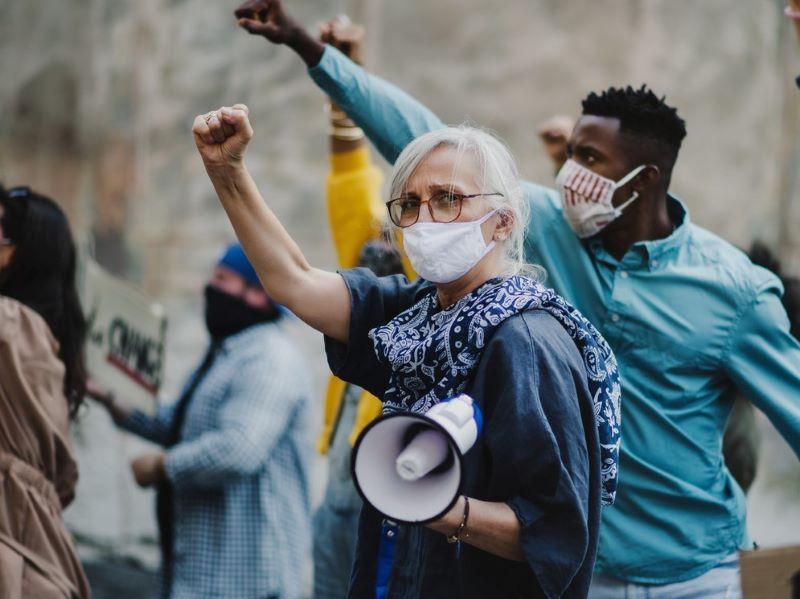The UK higher education sector is being taken to task on the issues of structural inequality and unfair outcomes for student learners who identify as being from black or other minority ethnic groups. This is where critical pedagogy can play an important role. Inspired by Paulo Freire’s philosophical approach to education outlined in his 1970 work, Pedagogy of the Oppressed, this is a philosophy of education and social movement that develops and applies concepts from critical theory to the field of education.
- Yes, your university perpetuates racism against BAME academics: what can you do?
- THE podcast: what does it mean to decolonise a library?
- Building an inclusive learning community to deliver a race equality curriculum
If the thought of grappling with themes of positionality, and the intersections of race, ethnicity and gender as part of learning and teaching fills many of your colleagues with dread, then I have some tips to help you gain their support. Having worked with both academic colleagues with lived experiences of structural inequalities and those who are committed to developing an anti-racist classroom, my advice is based on the practical steps I have taken to support colleagues as part of this endeavour:
1. Become a resource – not an expert – to those less knowledgeable of anti-racist practice as part of learning and teaching
You do not need to be an expert in critical race theory or anti-racist pedagogy in order to design an online toolkit exploring the key issues and offering advice. This could include podcast content, blogs and YouTube videos exploring anti-racist content as part of learning and teaching practice. For my online toolkit, Disrupt the Discourse, I recorded interviews with colleagues specialising in anti-racist pedagogy, drawing on their professional experience to create an authentic learning experience for academic peers. You can do the same using existing multimedia tools from within your organisation, creating content in many shapes and forms. On a basic level, start by writing a blog. Or if you are more tech savvy, record a series of podcasts. Or, over time, develop an online video course. The possibilities are endless.
2. Host spaces for reflective conversations
Creating spaces for dialogue and reflections on practice is a great way to get colleagues to share the load of having challenging conversations. Where possible, these sessions shouldn’t be recorded. They should be informal and feature a guest speaker – an academic or pedagogue – with lived experiences and research expertise in anti-racist practice who can help guide and scaffold the discussion. Consider using some of the digital content you created for your online toolkit to spark debate, perhaps an extract from your blog to share and reflect on. These sessions can provide fresh perspectives that provoke, challenge and stimulate debate about the world we live in, our role as educators within it, and how we can build capacity for our students to be agents for social change.
3. Build a social media following
Once you have got the creative juices flowing, start to share your work around anti-racist pedagogy more widely. Think about Jisc email lists and research groups that you are part of. Consider which social media channels might amplify your work. I use Twitter and LinkedIn to regularly share updates about my work and build my networks. LinkedIn enables you to create online communities and create newsletters about your practice. This is a great way to tell people what you are doing and how they can follow the development of your work. I found this incredibly useful when building connections with academic allies, many of whom were committed to tackling these issues but were stumped for ideas of how to start. This can make conversations about social issues more accessible to the wider public as shown by the Black Lives Matter (BLM) campaign.
4. Build your disruptive community or tribe
Build a community of practice digitally, locally and across the sector, where you can explore the themes of anti-racist practice and pedagogy with colleagues and students from different disciplines who share the same values of building an equitable and inclusive society. Put the feelers out and see how people respond. I have connected with great colleagues internationally who are doing exemplary work on tackling issues of racism as part of learning and teaching and who share a passion for exploring these themes through creative content creation.
5. Get creative with your digital content
Don’t be afraid to disrupt the traditional discourse and tackle these issues by trying out innovative and creative approaches or ideas. Partner with students and educational influencers to share their ideas and thoughts on developing anti-racist pedagogy and approaches through creating content. Digital content such as podcasts, vlogs and blogs are great tools that invite students to question “norms”, challenge power structures and take action against social issues that divide our society.
When tackling difficult and sensitive issues of racism and structural inequality, it can be extremely difficult to know where to start. I genuinely don’t think it is a matter of academics not wanting to tackle these issues or talk about them. I just think they do not know how to do so and fear getting things wrong, causing offence or making a mistake. Using digital tools and channels makes the subject matter and content more widely available and accessible. I have found solace in building or joining a community of like-minded practitioners who are committed to the cause and together have co-created solutions as a part of a collaborative endeavour. Some of the most creative solutions in tackling big social issues have emerged from such communities, and creating content that explores these issues helps to reframe what could often feel like an arduous task.
Kevin J. Brazant is a learning development practitioner at London Metropolitan University.
If you would like advice and insight from academics and university staff delivered directly to your inbox each week, sign up for the Campus newsletter.




comment